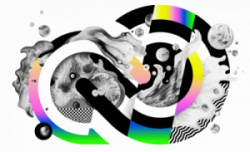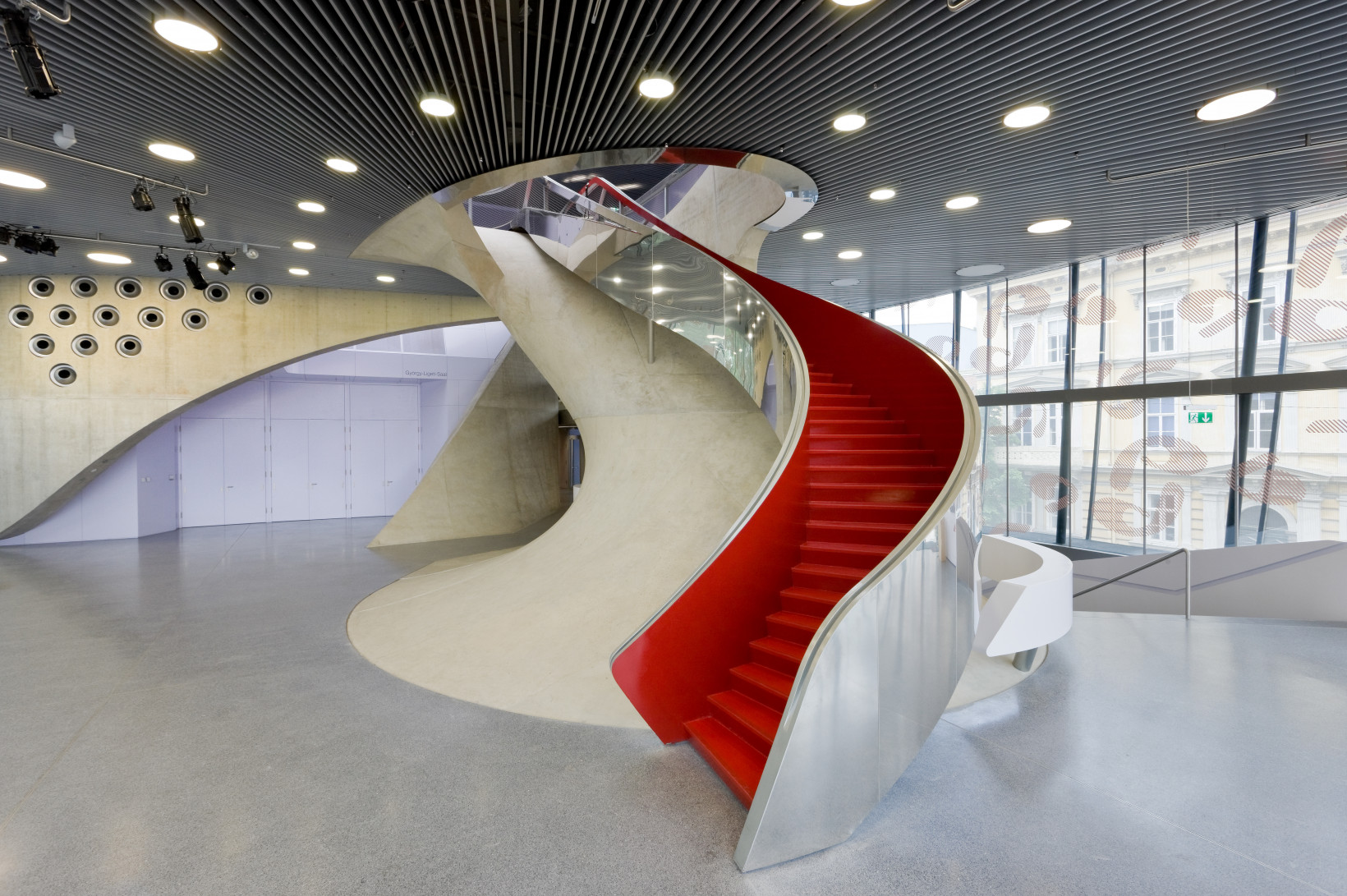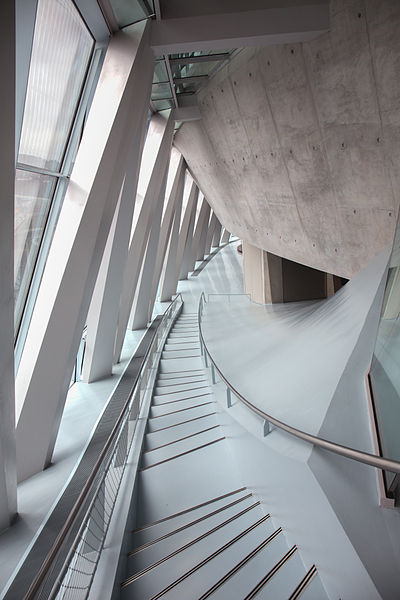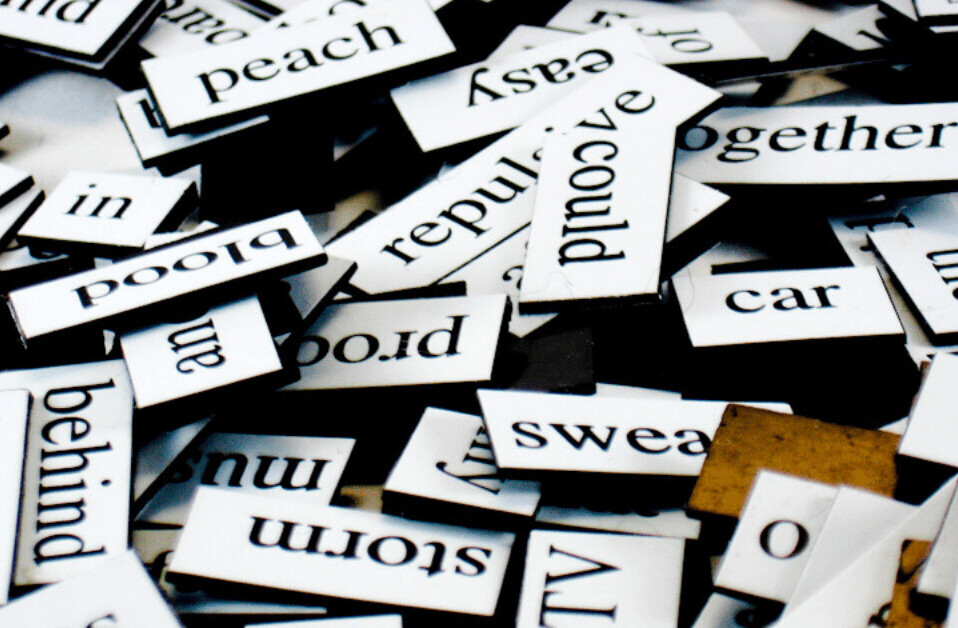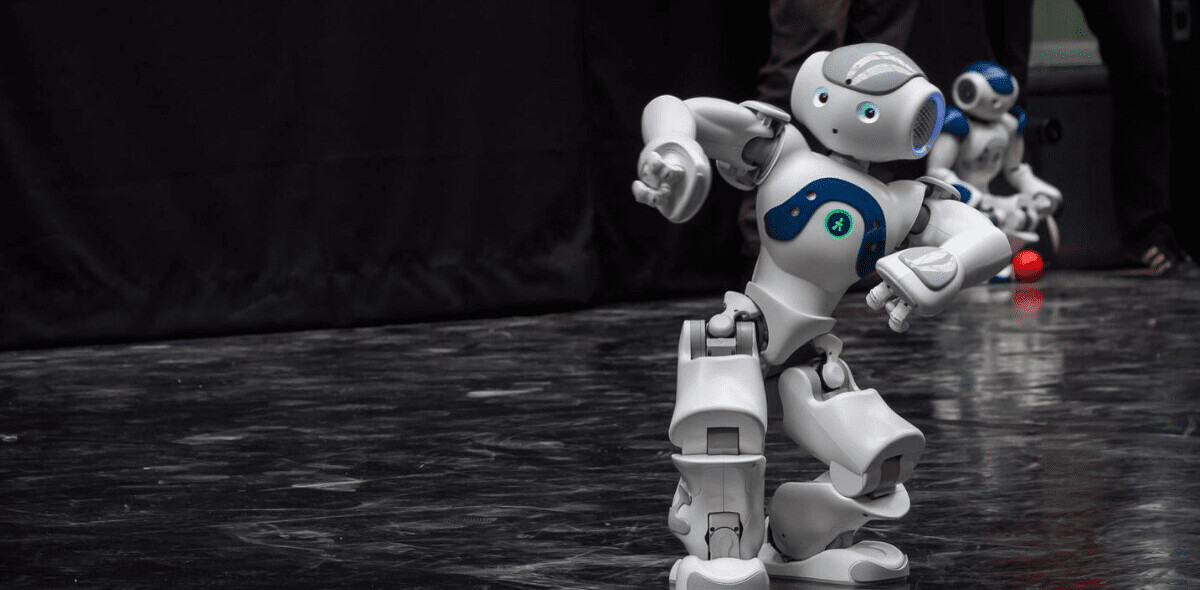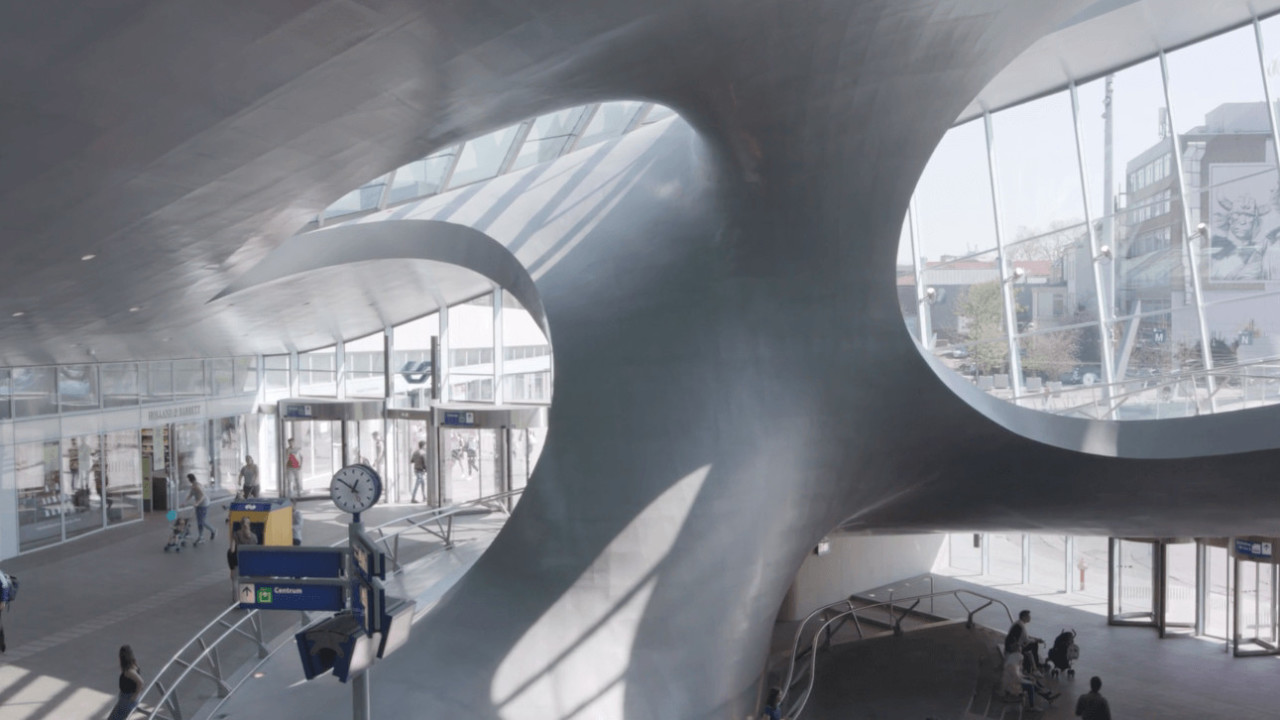
For our ongoing series Fundamentals, we’re looking at different companies worldwide and the basic principles they were built on. This time: architectural firm UNStudio.
Imagine you’re running an architect firm with offices on three different continents, employing people from 27 nationalities, and designing for clients in over 30 countries.
How do you make sure the many buildings you’re developing are all reflecting, well, you? UNStudio came up with a ‘cookbook’ for its architects to follow.
Designing according to recipes
UNStudio (formerly Van Berkel en Bos Architectenbureau) is a Dutch architectural practice with offices in Amsterdam, Frankfurt, Shanghai, Hong Kong, and, soon, New York. The practice was founded in 1988 by Ben van Berkel and Caroline Bos. They specialize in architecture, urban development, and infrastructural projects and now employ 250 people, eighty percent of whom are architects.
According to Ben van Berkel, founder, and principal architect at UNStudio, the company initially decided to work with ‘design tools’ to ensure its architects wouldn’t use unconventional designs in their buildings.
Precisely because the company has a progressive design vision, they needed a grip, some kind of guidebook, to prevent total chaos. So UNStudio came up with 11 design tools (or ‘recipes,’ as van Berkel prefers to call them) employees can use in their creative process.
The tools are featured in Knowledge Matters, a 400-page handbook explaining how and why architects can use them. “These tools are the starting point of all our designs,” Van Berkel continues. “Which ones we pick varies per project, but we usually use two or three per design.”
One design, three buildings
The 11 design tools have rather vague-sounding names like ‘Bridged Scales,’ ‘The Light Monolithic’, and ‘The Twist.’ The last one is a sculptural, yet structural element expressing movement. It looks like a spiral and has been used across a number of UNStudio projects, such as in Arnhem Central Station in the Netherlands, the Music Theatre in Graz, Austria, and in the Mercedes-Benz Museum in Stuttgart, Germany.
Like all the design tools, ‘The Twist’ is developed to help buildings age as well as possible. It does so by incorporating an open space without columns in the room where it’s positioned. This allows future architects to use that open space for something new, as opposed to having to demolish the whole building when it becomes outdated at some point.
The initials “UN” stand for United Network, a reference to the company’s collaborative nature. UNStudio employs people from 27 different countries, with various technical and creative backgrounds. The company culture is inclusive, meaning trainees are just as welcome to join the creative process as more senior employees.
Thanks to Knowledge Matters, Van Berkel can give his team some tools to work with as opposed to completely controlling the creative process. “Twenty years ago, the leading architect would make a sketch and tell his employees what would happen. Now, the architect gives a thematic reflection on where and how a design can grow. I shouldn’t be the only one taking part in the design.”
Breaking with tradition
Preventing randomness wasn’t the only reason UNStudio decided to work with the design tools. Buildings are less rigid in form than they used to be, Van Berkel explains. “In the past, buildings such as stations, offices, and high-rise apartments had very clear forms and identities — something architects refer to as typology in buildings.”
But things are changing. “Now that we no longer need those traditional forms, we can imagine designs that are radically different. Following the design tools makes it easier to move beyond those traditional forms,” Van Berkel says.
Maybe most importantly, the design tools should arm new buildings against the test of time.
What’s considered unconventional today might be mainstream in a few years. Considering it can take up to 20 years to complete a building, as was the case with the train station in Arnhem, it’s essential to design something that’s future-proof. “The design tools are there to help the world figure out what it will look like in the future,” says Van Berkel.
Trendiness vs. timelessness
It’s an interesting design philosophy. In a time of ever-changing design trends, specifically in disciplines like graphic and fashion design, there’s something refreshing about creating something timeless. “Even when you work with constantly changing trends, it’s necessary to think about how your design can stay innovative as long as possible,” Van Berkel adds.
Before ending our call I wanted to know one last thing: Do all buildings designed by UNSudio look alike because they were based on the same cookbook? According to Van Berkel, that’s not the case. While UNStudio certainly has its own style, the similarities between buildings are not that obvious.
“Take the train station in Arnhem for example, which has ‘The Twist.’ We use that spiral design in five different projects. Once you know that, you’d be able to spot the similarities. But you’d have to discover those elements first. And that’s what makes the design even more interesting.”
Get the TNW newsletter
Get the most important tech news in your inbox each week.
This post is part of our Fundamentals series and powered by Adobe. Drive your business forward with Adobe Creative Cloud for teams. Get started now.
